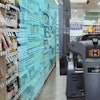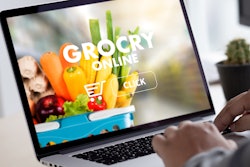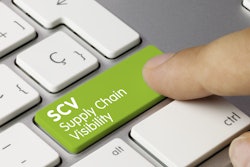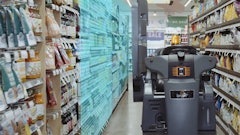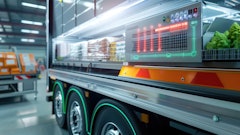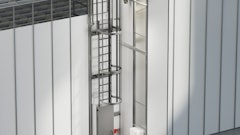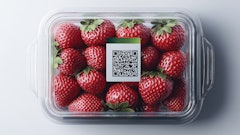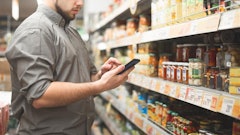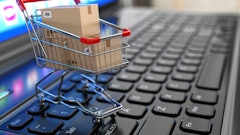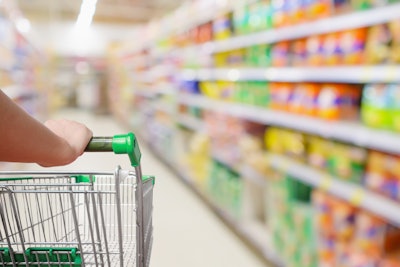
After 18 months of lockdowns and restrictions, it’s no surprise that in-store shopping is on the rise. As a result, retail-focused brands are starting to look at moving their marketing budgets back to more traditional areas of spend like in-store activity. That said, while the future is looking hopeful for brick-and-mortar retailers in the consumer packaged goods (CPG) sector, this by no means implies that shoppers want the same retail experience that they had pre-COVID-19.
Understandably, retailers have seen a dramatic shift in consumer shopping behaviors over the past year or so, with stores experiencing a crash in foot traffic as consumers were forced to adopt more online and hybrid shopping behaviors. The reality is that, after over a year of shopping online, consumers have become accustomed to some of the core elements of convenience and are wanting to retain them. Retailers therefore need to be ready to accommodate these desires.
So, as we move back to a more “normal” retail environment and experience, retailers are also going to have to adapt to a consumer shopping environment that has been permanently changed.
From a technical perspective, the retail sector has been anticipating this type of shift for many years now, and the majority of brands had already laid the groundwork for digital operating and fulfilment models even before the pandemic struck. However, as with many other sectors, the pandemic has served to accelerate consumers’ shift to digital.
Moving forward, retailers can expect a significant number of consumers to focus more on omnichannel retail shopping experiences. They can also expect many consumers to become more attracted to “channel-agnostic” buying journeys. This means that instead of focusing on specific channels to research and purchase goods, customers will use the channels they prefer most for each step of their buying journey, expecting retailers to accommodate their needs regardless of how they engage.
For example, it’s not uncommon for customers to step into a grocery store with the intent of filling up a shopping cart, only to research promotions, prices and nutrition facts on their smartphones. Similarly, some customers may conduct online research at home before heading to a store, or may enter a store to browse products before buying online.
On top of this, consumers are likely to increasingly rely on fast and convenient shopping models like buy-online-pick-up-in-store (BOPIS), home delivery and contactless purchasing to obtain the goods they need. There is also evidence that these trends won’t be short-lived, as many consumers are embracing omnichannel shopping for the long term.
So, how can CPG retailers adapt their marketing and operational strategies to meet the demands of tomorrow's retail customers?
Retailers that want to capitalize on these new omnichannel shopping habits need to focus their marketing strategies on building better experiences. This means moving away from the traditional approach of breaking marketing into separate silos for shopper, e-commerce and brand marketing in favor of more integrated marketing that creates a truly omnichannel shopping experience. One that provides consumers with the same value and convenience regardless of which channels they use.
Using tactics such as “click to cart” can help create a more frictionless purchasing journey by helping retailers funnel more purchases through their e-commerce platforms. Similarly, contactless payment technologies make in-store purchases more streamlined, while location-based advertising drives consumers in-store and delivers personalized promotions.
However, the challenge for retailers isn’t just about balancing their in-store and digital strategies to support consumers shifting buying behaviors. They also need to create an end-to-end marketing strategy that bridges the online and in-store shopping experiences. This has been something that many retailers have struggled with in the past, thankfully however, technologies and strategies are emerging in the post-COVID-19 retail environment that hold promise for helping retailers to finally deliver in this area.
Retailers could also look to incorporate creating dedicated spaces in their stores devoted to pick-up and home delivery. This could help them become more competitive in the e-commerce space while also managing to maintain an important local footprint. Alternatively, retailers could leverage their stores as edge warehouses for home deliveries and launch location-based mobile promotions, discounts and advertising to bridge their online and in-store shopping experience.
With consumers ready to return to retailers in person along with a newfound adoption of omnichannel shopping experiences, there’s never been a better time to be in the CPG sector. The changes consumers have undergone during the Coronavirus disease (COVID-19) will have long-term effects on both the experience retailers provide and how they market these new experiences to their customers. However, it’s not enough for retailers to look at temporary solutions like home delivery and BOPIS; consumer shopping behavior has shifted to a point that it may never return to “normal.” And ultimately, retailers who haven’t deployed the infrastructure to support their customers are likely to put themselves at a competitive disadvantage in the coming years.


